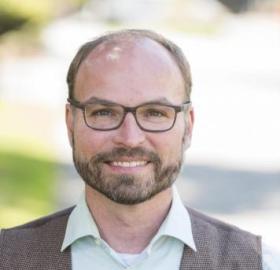| 2022 — 2023 |
Dehghani, Morteza [⬀]
Narayanan, Shrikanth (co-PI) [⬀]
Graham, Benjamin |
N/AActivity Code Description:
No activity code was retrieved: click on the grant title for more information |
Scc-Civic-Pg Track B: Everyday Respect: Measuring &Amp; Improving Police Officer Communication During Motor Vehicle Stops @ University of Southern California
Traffic stops conducted by police officers are both mundane and potentially deadly. This project will use audio and video footage from body-worn cameras to study the communication between Los Angeles Police Department (LAPD) officers and drivers during these stops. We will examine how officers’ communication early on in a stop shapes how the interaction unfolds, including whether or not it escalates. We will also examine whether race, gender, class or other disparities exist in how community members are treated during stops, as well as how factors like race, disability status, community context, and officer training interact to shape how officers communicate. Stage 2 of this project also includes collaboration with the Los Angeles Police Academy to develop and implement new training curricula drawing on our findings and collaboration with the LAPD Office of Constitutional Policing and Policy to explore possible revisions to department policy. <br/><br/>This community-led study draws on footage from body-worn and dashboard cameras, as well as complementary stop data, personnel data, and location-based data on community context. We move beyond existing work in this area by basing our measures of communication on views solicited from both the LAPD and a wide range of community members and community organizations regarding the various aspects of “good” communication that should be measured (Stage 1). We will employ a diverse population of human annotators to code all the dimensions of officer communication we identify as salient to community stakeholders (Stage 2). We will use machine learning tools, trained on these human annotations, to then measure communication at scale and then proceed to statistical analysis of both the causes and consequences of officer communication, including the factors that may lead some groups in the community to be treated differently than others.<br/><br/>This project is in response to the Civic Innovation Challenge program—Track B. Bridging the gap between essential resources and services & community needs—and is a collaboration between NSF, the Department of Homeland Security, and the Department of Energy.<br/><br/>This award reflects NSF's statutory mission and has been deemed worthy of support through evaluation using the Foundation's intellectual merit and broader impacts review criteria.
|
0.961 |
